Home>Articles>What Is The Difference Between A Porch And A Lanai
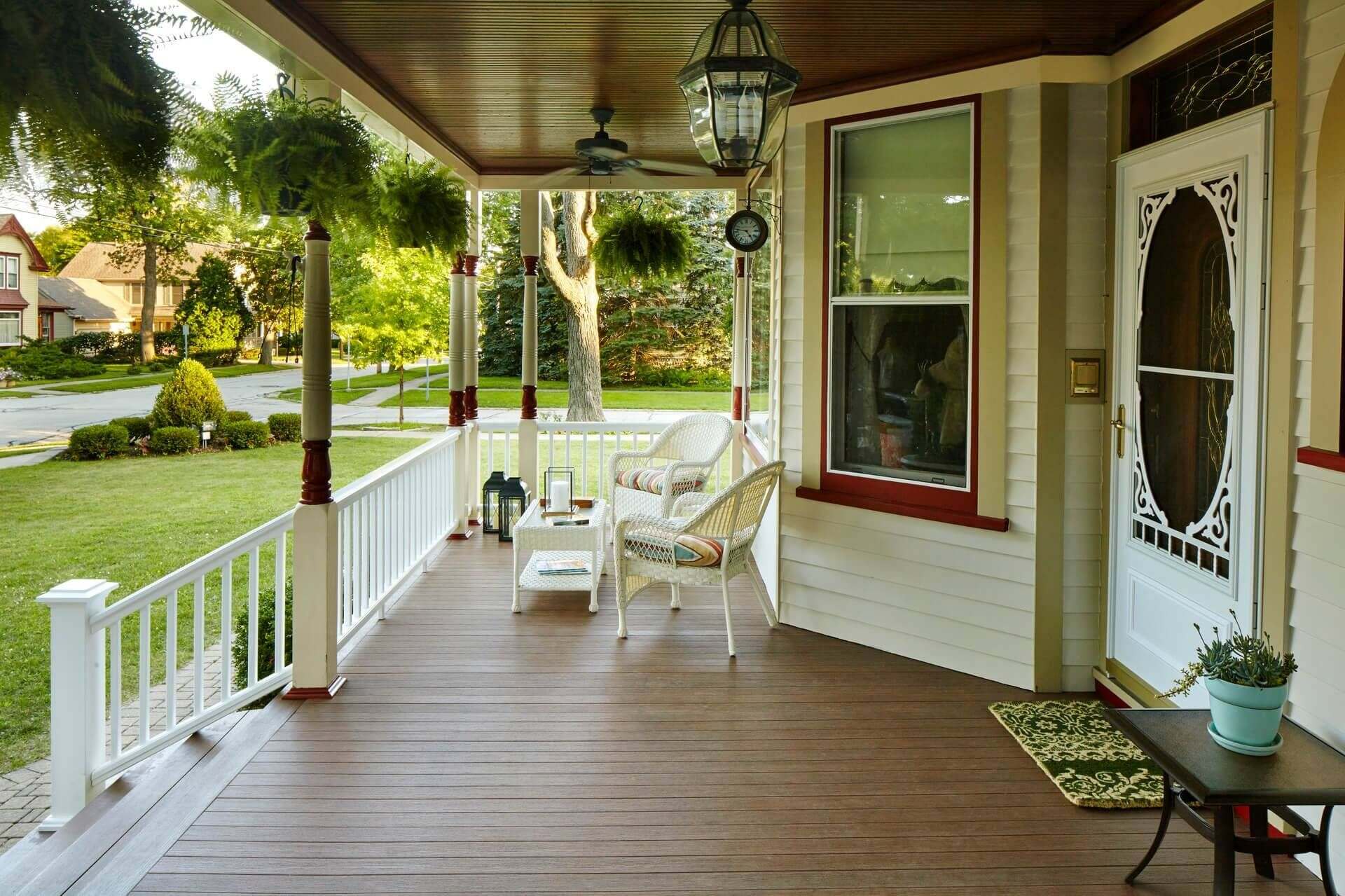

Articles
What Is The Difference Between A Porch And A Lanai
Modified: January 8, 2024
Discover the key distinctions between a porch and a lanai in this informative article. Gain insights into their design, functionality, and how they can enhance your outdoor living space.
(Many of the links in this article redirect to a specific reviewed product. Your purchase of these products through affiliate links helps to generate commission for Storables.com, at no extra cost. Learn more)
Introduction
When it comes to outdoor living spaces, there are various terms used to describe different areas of a house. Two common terms that often come up in discussion are porch and lanai. While they both serve as extensions of a home’s indoor living space, there are distinct differences between them in terms of design, function, and usage.
In this article, we will delve into the fascinating world of porches and lanais, exploring their definitions, design and structural differences, functionalities, and even their benefits and drawbacks. Whether you’re planning a renovation or simply curious about these outdoor spaces, understanding the distinguishing features of porches and lanais will undoubtedly enhance your knowledge and help you make informed decisions about your own living space.
Key Takeaways:
- Embrace the versatility of porches for year-round outdoor enjoyment, while lanais offer a seamless connection to nature and tropical living, perfect for entertaining and relaxation.
- Consider the distinct design and functionality differences between porches and lanais to create an outdoor space that complements your lifestyle and enhances your home’s charm and livability.
Definition of a Porch
A porch is an architectural feature that is typically attached to the front, side, or back of a house. It is an outdoor space that is covered and enclosed to some extent, providing shelter and protection from the elements. Porches are often located on the ground level and are characterized by their roof, columns or posts, and sometimes railings or balusters.
Porches can vary in size and design, ranging from small entryway porches to expansive wrap-around porches that encompass the entire perimeter of a house. They are commonly used as a transitional space between the indoors and outdoors, providing an area for relaxation, socializing, and enjoying the surrounding scenery.
Porches can be constructed using various materials, such as wood, concrete, or composite decking. The choice of materials depends on factors such as the desired aesthetic, climate conditions, and maintenance requirements. Some porches may also feature additional elements, such as porch swings, rocking chairs, or outdoor furniture, to enhance comfort and visual appeal.
Overall, a porch serves as an inviting space that offers a seamless connection between the interior and exterior of a home. It is a versatile area that can be used for different purposes, such as lounging, entertaining guests, or simply enjoying a cup of coffee while taking in the fresh air.
Definition of a Lanai
A lanai is a term commonly used in tropical regions, particularly in Hawaii and other parts of the Pacific. It refers to an outdoor living space that is covered and enclosed, extending from the main structure of a house. The term “lanai” is derived from the Hawaiian word for a veranda or balcony.
Lanais are designed to blend the indoor and outdoor living spaces seamlessly. They often feature large windows or sliding glass doors that can be opened to allow for natural ventilation and easy access to the outdoors. Lanais may be located on any level of a house, including the ground floor, upper levels, or even as rooftop extensions.
The design and structure of a lanai can vary significantly depending on the region and the specific requirements of the homeowner. Some lanais are fully enclosed, providing protection from insects, wind, and rain. Others may have screens or curtains to allow for a more open-air experience while still providing some level of protection.
Lanais are typically constructed using durable materials that can withstand the tropical climate, such as metal frames, aluminum, or treated wood. The flooring can range from natural stone to decking materials like composite or tropical hardwoods. Some lanais may also feature built-in amenities like outdoor kitchens, seating areas, or even swimming pools, providing a versatile space for relaxation, entertaining, and enjoying the outdoor environment.
Overall, a lanai is an extension of a home that offers a seamless transition from the interior to the exterior, embracing the tropical lifestyle and allowing residents to enjoy the beauty and tranquility of their surroundings.
Design and Structure Differences
Porches and lanais differ in their design and structure, which contribute to their distinct aesthetic and functionality. Understanding these differences can help homeowners make informed decisions when planning or renovating their outdoor living spaces.
Porches typically have a more traditional design with a roof that extends from the main structure of the house. The roof provides shelter and protection from the elements, making porches suitable for use in various weather conditions. Porches often have columns or posts supporting the roof, adding an architectural element and enhancing the visual appeal. Additionally, porches may have railings or balusters surrounding the area to provide safety and a defined boundary.
In contrast, lanais often have a more contemporary design that focuses on blending the indoor and outdoor spaces seamlessly. While lanais may also have a roof, the structure is typically less enclosed compared to a porch. Lanais often feature large windows or sliding glass doors that can be opened to create a spacious and airy atmosphere. The use of screens or curtains on lanais provides an additional layer of protection from insects and allows for better airflow. The openness of lanais encourages natural ventilation and a stronger connection to the surrounding environment.
When it comes to materials, porches can be constructed using various options such as wood, concrete, or composite decking. The choice of materials depends on factors like desired aesthetics, climate conditions, and maintenance requirements. Porches may also incorporate additional design features such as decorative railings or intricate woodwork to enhance the overall appearance.
Lanais, on the other hand, make use of materials that can withstand the tropical climate and exposure to outdoor elements. Metal frames, aluminum, or treated wood are common choices for lanai structures. The flooring of a lanai can vary from natural stone to composite or tropical hardwood decking, creating a durable and visually appealing surface.
Ultimately, the design and structure differences between porches and lanais contribute to their distinct ambiance and aesthetics. By considering these factors, homeowners can choose the option that best complements their architectural style, lifestyle preferences, and climate conditions.
A porch is typically an open-air structure attached to the front or back of a house, while a lanai is a covered, often screened-in outdoor space, commonly found in Hawaii and Florida. Consider the climate and desired level of protection when choosing between the two.
Function and Usage Differences
While both porches and lanais serve as outdoor living spaces, they have different functions and usage patterns. Understanding these differences can help homeowners determine which option best suits their needs and lifestyle.
A porch is often used as a transitional space between the indoors and outdoors. It serves as an inviting area where homeowners and guests can relax, socialize, or simply enjoy the fresh air. Porches are commonly used for activities such as reading, sipping coffee, or watching the sunset. Due to their covered structure, porches are suitable for year-round use, providing shelter from rain, snow, or excessive sun exposure.
Lanais, on the other hand, are designed to blur the lines between indoor and outdoor living. They are often used as versatile spaces that can accommodate various activities, such as dining, entertaining, or even as an extension of indoor living areas. With their open design, lanais allow for a seamless transition from indoor to outdoor entertaining, offering an expansive space to host gatherings with family and friends.
Lanais are popular in tropical regions where the pleasant climate allows for outdoor living throughout the year. They are ideal for enjoying the tropical landscape, whether it’s a view of the ocean, a lush garden, or a poolside escape. The openness of a lanai creates a connection to nature and enhances the overall relaxation and tranquility of the space.
In terms of seasonal use, porches tend to be more versatile. Depending on the climate, porches can be enjoyed year-round, with the option to enclose them using screens or windows for added protection during colder months. Lanais, on the other hand, are better suited for warmer climates where outdoor living can be enjoyed throughout the year.
Ultimately, the function and usage of porches and lanais are influenced by factors such as climate, lifestyle, and personal preferences. By considering their unique characteristics, homeowners can create outdoor spaces that truly enhance their living experience and cater to their specific needs.
Features and Accessories
Porches and lanais offer opportunities to enhance their functionality and aesthetic appeal through various features and accessories. These additions can elevate the outdoor living space and create a personalized atmosphere that reflects the homeowner’s style and preferences.
Porches can be enhanced with a range of features and accessories to maximize comfort and enjoyment. One popular addition is outdoor furniture, such as loungers, chairs, and tables, which provide seating options for relaxation or entertaining guests. Porch swings or gliders can create a soothing and nostalgic ambiance. Lighting fixtures, including string lights or lanterns, can add a warm and inviting glow to the space, allowing for extended use during evenings. Plants, flowers, and hanging baskets can introduce natural elements and contribute to a vibrant and inviting atmosphere.
Lanais offer a wider range of features and accessories due to their larger and more open design. Outdoor kitchens or grilling stations can transform a lanai into a culinary oasis, allowing homeowners to prepare and enjoy meals outdoors. Built-in seating areas, such as benches or sofas, can provide ample space for gathering and entertaining. Outdoor fireplaces or fire pits can extend the usability of a lanai by creating a cozy and intimate setting. Water features, such as fountains or small ponds, can add a sense of tranquility and create a soothing ambiance. Additionally, the use of outdoor rugs, curtains, and decorative pillows can contribute to the overall aesthetic and comfort of the space.
Both porches and lanais can benefit from the installation of screens or curtains to provide protection from insects while maintaining airflow. Ceiling fans can help circulate air and provide cooling during hot summer months. Additionally, the use of outdoor speakers can create a pleasant atmosphere by allowing homeowners to enjoy their favorite music while they relax or entertain.
When considering features and accessories for porches and lanais, it’s important to take into account the specific needs, lifestyle, and desired functionality of the space. The chosen elements should complement the overall design and purpose of the outdoor living area, creating an inviting and personalized oasis.
Benefits and Drawbacks
Porches and lanais each offer a unique set of benefits and drawbacks that homeowners should consider when deciding on the outdoor living space that best suits their needs and lifestyle.
One of the key benefits of a porch is its versatility. Porches provide a covered and enclosed space that can be utilized throughout the year, regardless of weather conditions. This makes them ideal for enjoying the outdoors while still being protected from rain, snow, or excessive sun exposure. Porches also serve as a transitional area between the indoors and outdoors, providing a seamless connection and allowing for easy access to the surrounding landscape.
On the other hand, lanais offer the advantage of a more open and expansive design. With larger windows or sliding glass doors, lanais create a seamless blend between indoor and outdoor living spaces, allowing homeowners to fully embrace the tropical surroundings and enjoy the beauty of nature. Lanais are often designed with entertaining in mind, providing ample space for hosting gatherings and accommodating various activities.
While both porches and lanais can be customized with features and accessories, porches tend to offer a wider range of options due to their enclosed structure. This allows for the addition of furniture, lighting fixtures, and decorative elements without as much concern for exposure to the elements. Lanais, although more open in design, may require careful consideration of materials and accessories that can withstand the tropical climate.
When it comes to drawbacks, one consideration for porches is the need for regular maintenance. Depending on the materials used, porches may require periodic cleaning, repainting, or refinishing to keep them in good condition. Additionally, enclosed porches may have limited airflow compared to lanais, which can limit their use during particularly hot or humid weather.
For lanais, one potential drawback is the higher vulnerability to insects and pests due to their more open design. Homeowners may need to install screens or deploy other measures to protect against unwanted visitors. Furthermore, in areas prone to heavy rains or strong winds, a lanai may require additional precautions and upkeep to ensure durability and safety.
In summary, the benefits of porches include versatility, protection from the elements, and a seamless transition between indoor and outdoor spaces. Lanais excel in their openness, connection to nature, and suitability for entertaining. It’s essential for homeowners to evaluate these factors to determine which option aligns best with their needs, preferences, and regional climate.
Conclusion
Porches and lanais are both enchanting outdoor living spaces that add charm and functionality to a home. Understanding their differences in design, structure, function, and usage allows homeowners to make informed decisions when it comes to planning, renovating, or enhancing their outdoor areas.
Porches provide a covered and enclosed space that serves as a seamless transition between the indoors and outdoors. They offer protection from the elements, making them usable throughout the year, and they can be customized with various features and accessories to enhance comfort and style.
Lanais, on the other hand, embrace an open and contemporary design that seamlessly blends indoor and outdoor living. They create a connection with the surrounding environment, allowing homeowners to fully enjoy the tropical landscape and engage in outdoor activities.
While porches excel in versatility and protection from the elements, lanais provide an expansive and open-air experience. It’s important to consider factors such as climate, lifestyle, and personal preferences when choosing between the two.
In the end, whether you opt for a porch or a lanai, both options enhance the beauty and livability of your home. With thoughtful design, the incorporation of features and accessories, and consideration of their unique benefits and drawbacks, you can create an inviting outdoor space that reflects your style, needs, and love for the great outdoors.
Frequently Asked Questions about What Is The Difference Between A Porch And A Lanai
Was this page helpful?
At Storables.com, we guarantee accurate and reliable information. Our content, validated by Expert Board Contributors, is crafted following stringent Editorial Policies. We're committed to providing you with well-researched, expert-backed insights for all your informational needs.
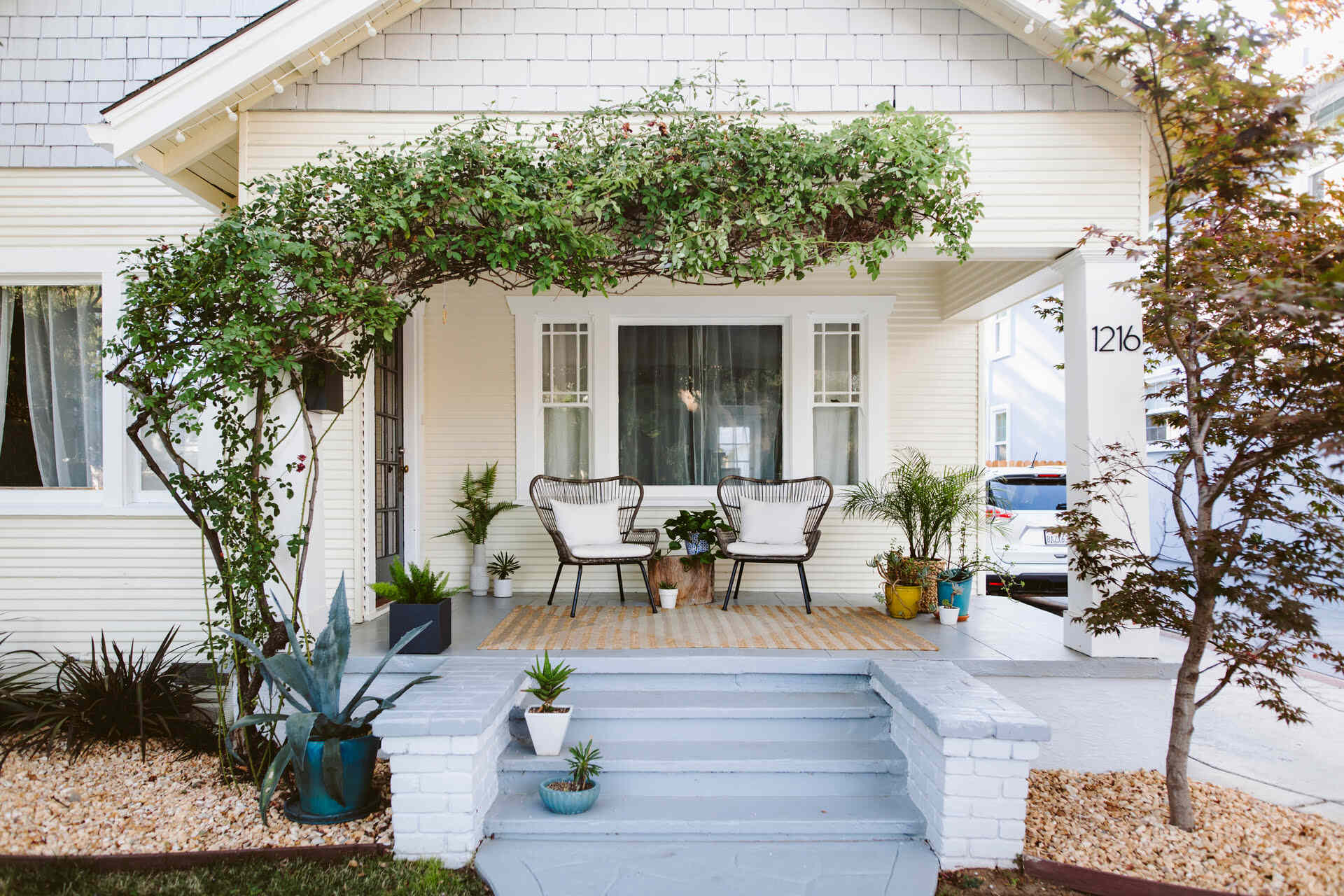
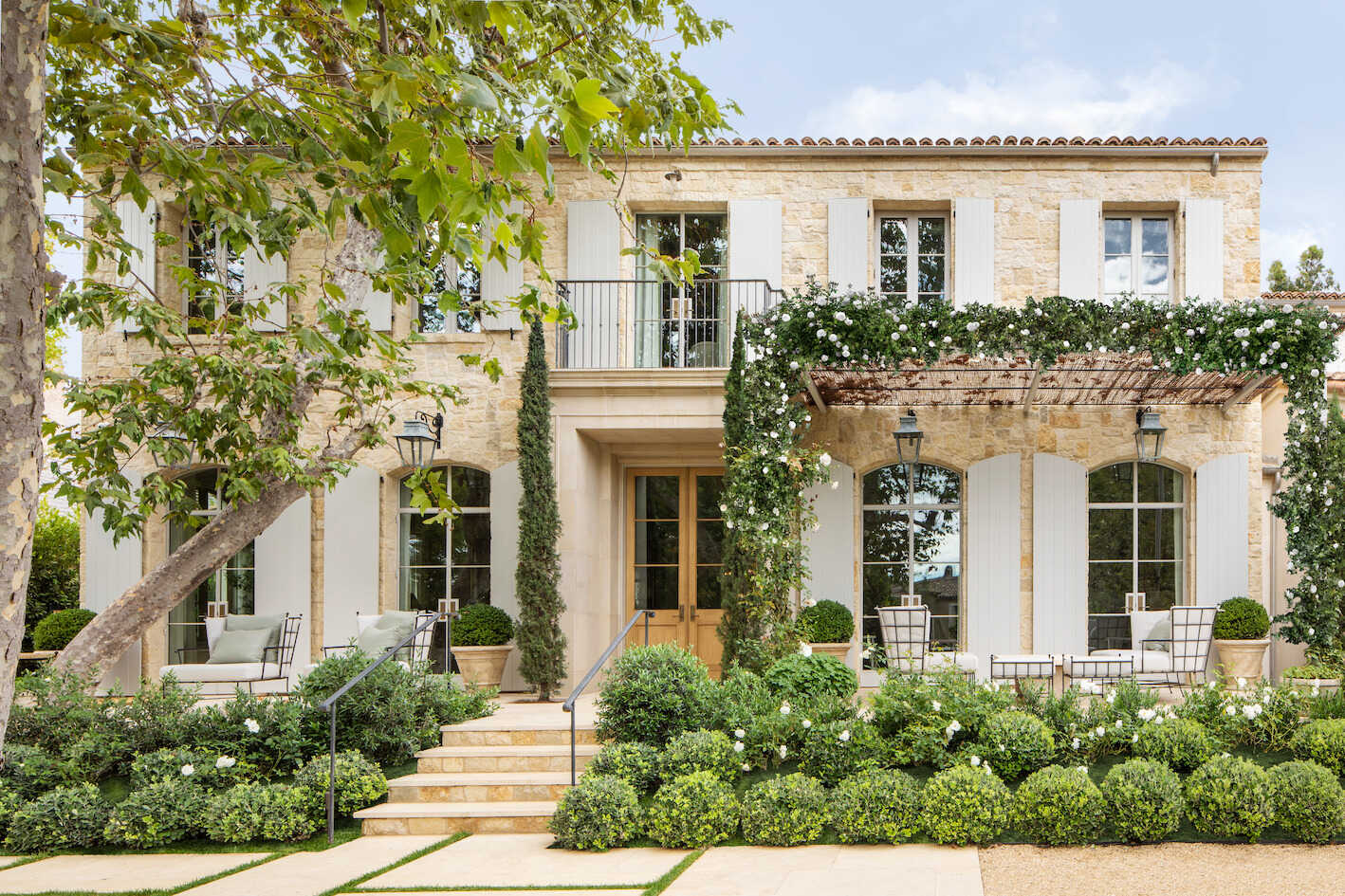




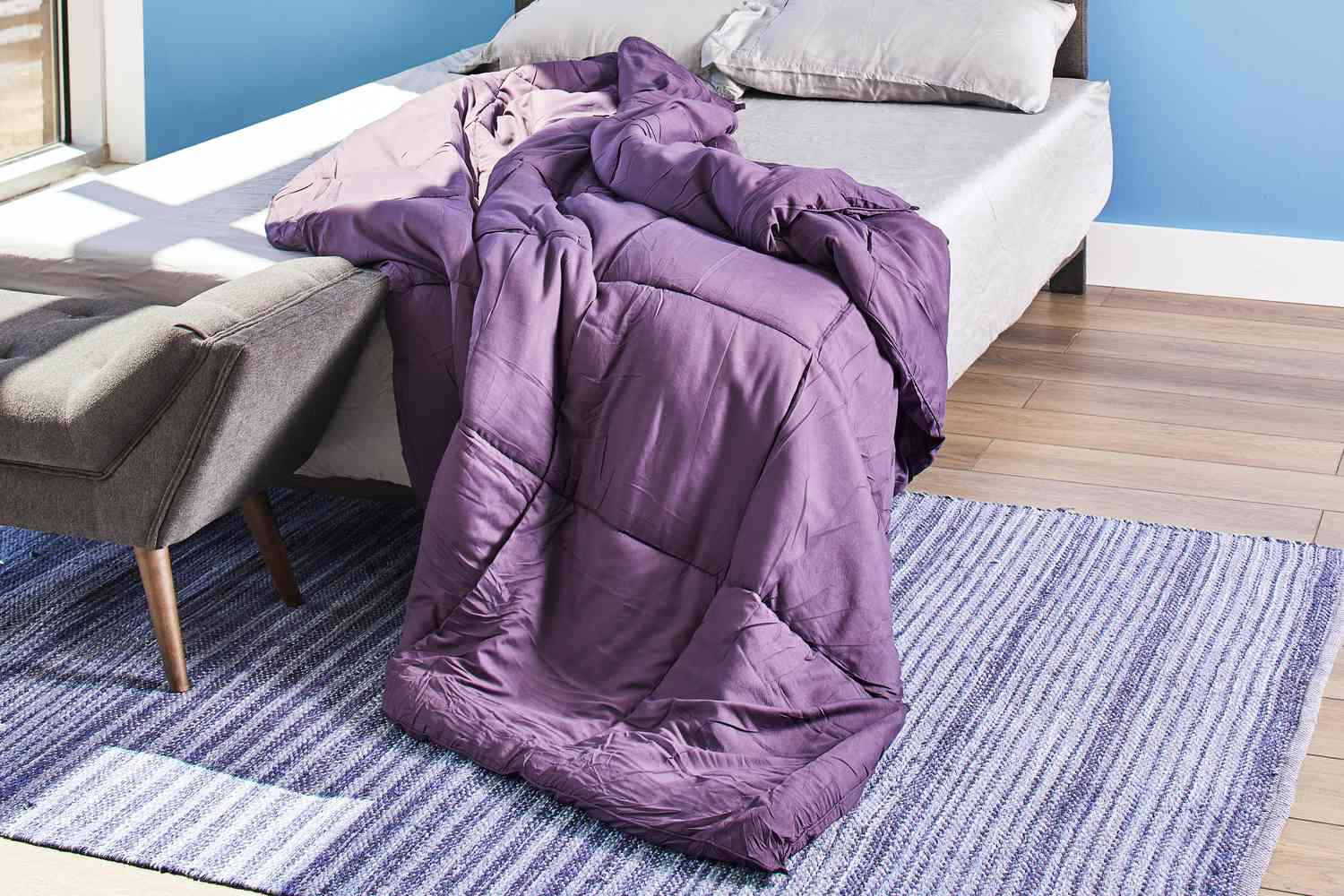
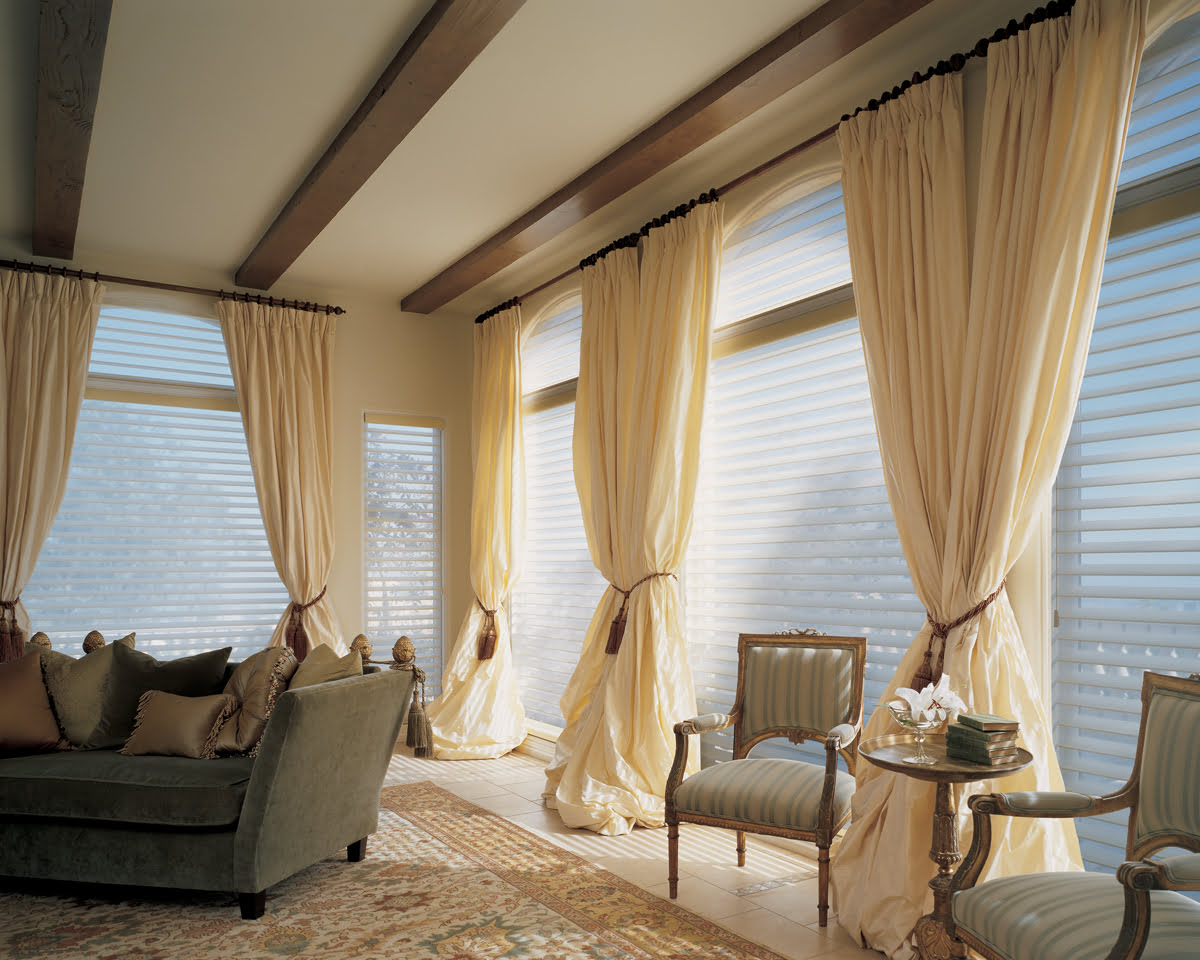


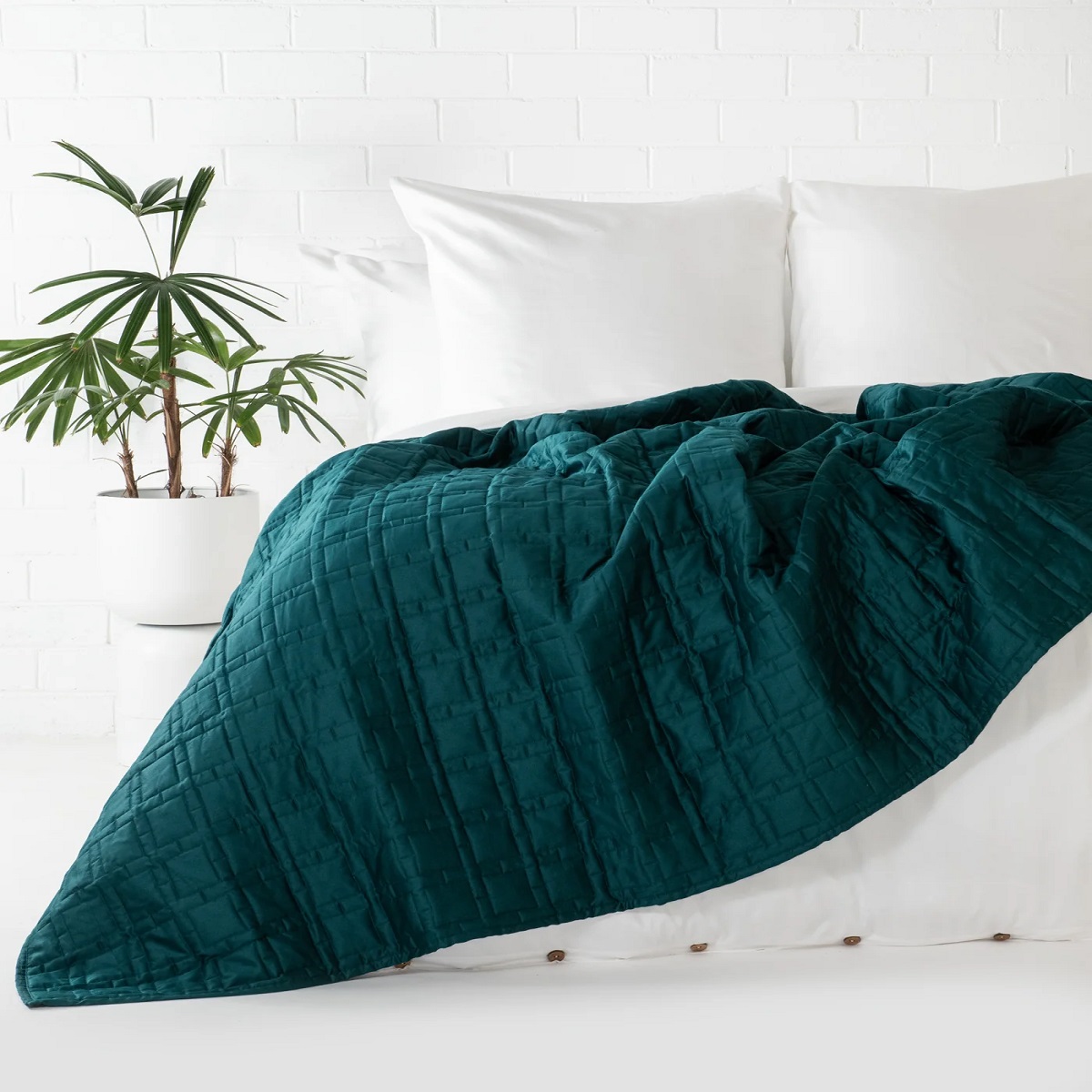
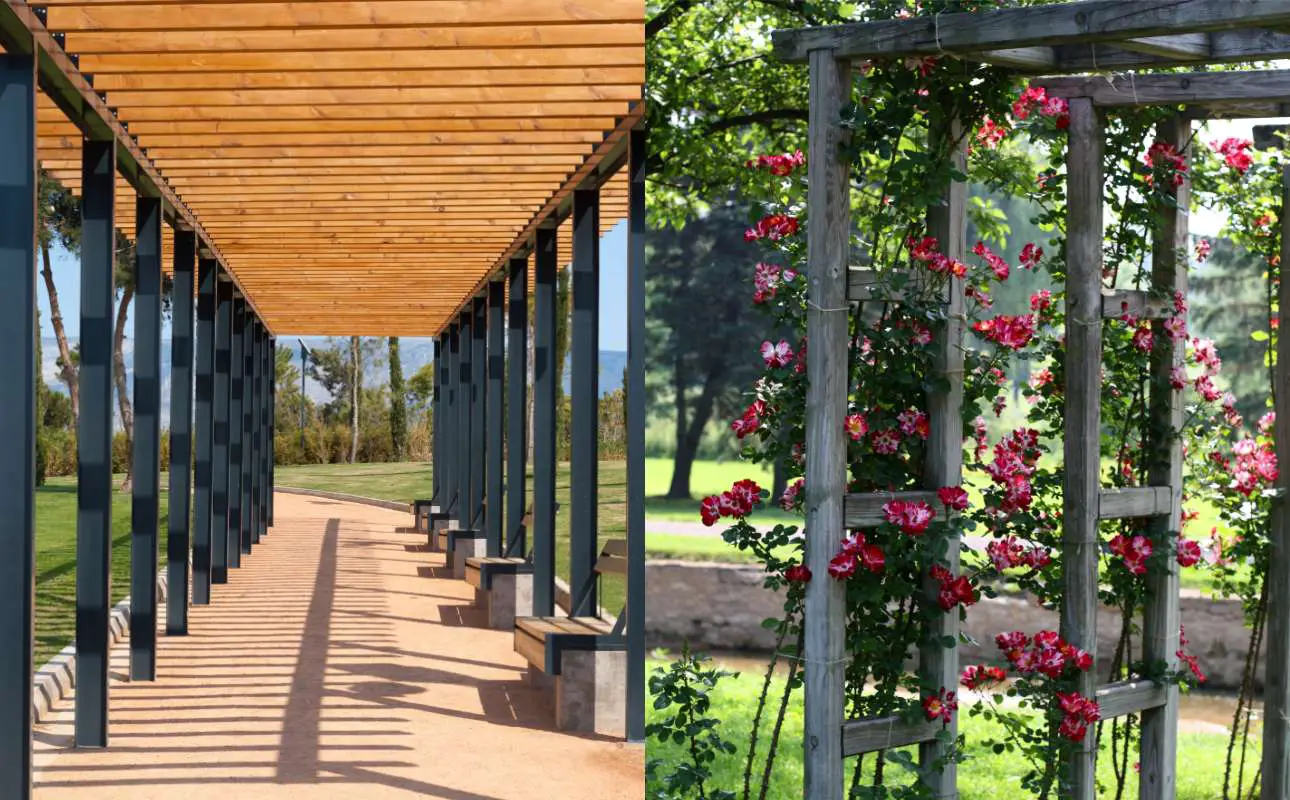



0 thoughts on “What Is The Difference Between A Porch And A Lanai”